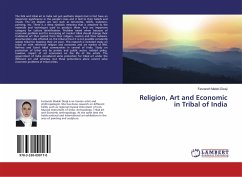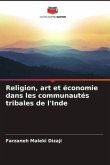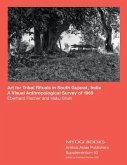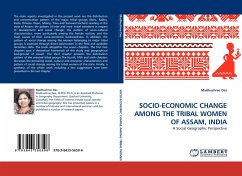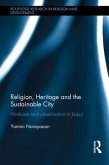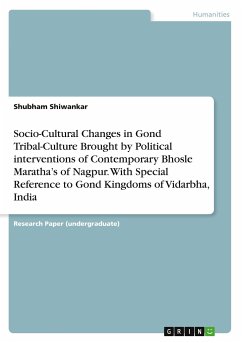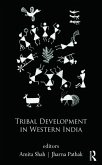The folk and tribal art in India not just aesthetic objects but in fact have an important significance in the people¿s lives and it tied to their beliefs and rituals. The art objects are vary such as terracotta, reliefs, sculpture, painting, etc. There is a deep symbolic meaning that is attached to the materials and techniques used to produce them. Arts are important category for culture identification. Problem raised when because of economic problem and for increasing art market tribal should change their traditional art that rooted from their religion, custom and their believes. Acculturation also effected on the tribal art but it is not possible constantly isolate tribal for keeping their art pure. This research is included study on tribal art with reference religion and economic and art market of Bhil, Rathwa and Gond tribal communities in central of India. Study on protection of tribal arts by private and public sector, related policy, taxation, impact of art economics on the life of the artists. The government of India considered some protection for tribal art under the different act and schemes, but these protections alone cannot solve economic problems of tribal artists.
Hinweis: Dieser Artikel kann nur an eine deutsche Lieferadresse ausgeliefert werden.
Hinweis: Dieser Artikel kann nur an eine deutsche Lieferadresse ausgeliefert werden.

